- Home
- slideshows
- miscellaneous
- Disappointing photos show what can happen to billion-dollar mega-developments
Disappointing photos show what can happen to billion-dollar mega-developments
The expectation for China's Yujiapu: A financial capital modeled after Manhattan.

The reality: Abandoned buildings and a halt on construction.
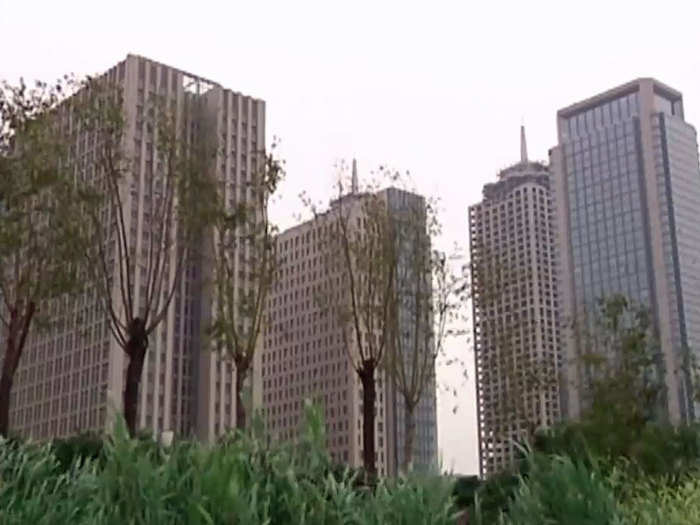
Construction on the project came to a halt by 2014. At the time, Gao Fei of Centaline Property said the development was “a failure before it even started,” according to the South China Morning Post.
Little has changed since then: In February 2018, the Morning Post reported that some buildings look abandoned or are under construction, and others are only partly occupied.
According to the Morning Post, a high-speed rail has been built in Tianjin, but it has not prompted business growth in the area.
The expectation for Malaysia's Forest City: A "dream paradise" filled with 70,000 people.
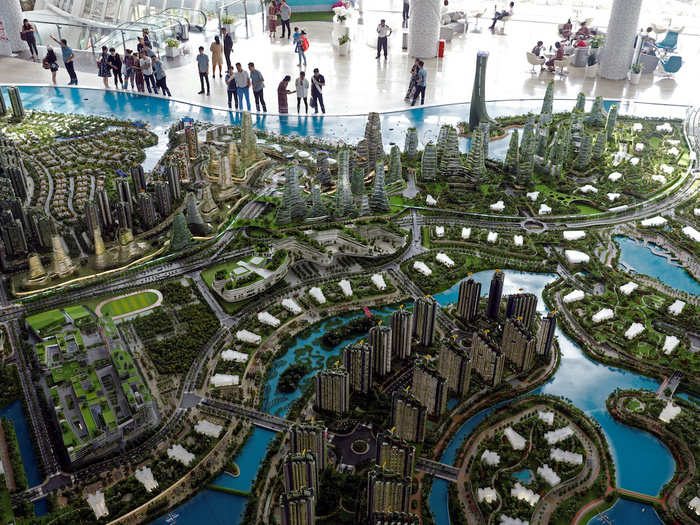
On four man-made Malaysian islands, Chinese developer Country Garden is building a huge new city. In one of the ads, the company bills it as "a dream paradise for all mankind."
Called Forest City, the $100 billion metropolis will be able to accommodate 700,000 people by 2040, according to Country Garden. That's about 20,000 more than the current population of Washington, DC — and it will have a density greater than Manhattan.
In 2016, construction began on the city's office buildings, parks, a transit network, hotels, restaurants, shops, schools, and 250,000 housing units.
The reality: A ghost city with luxury towers.
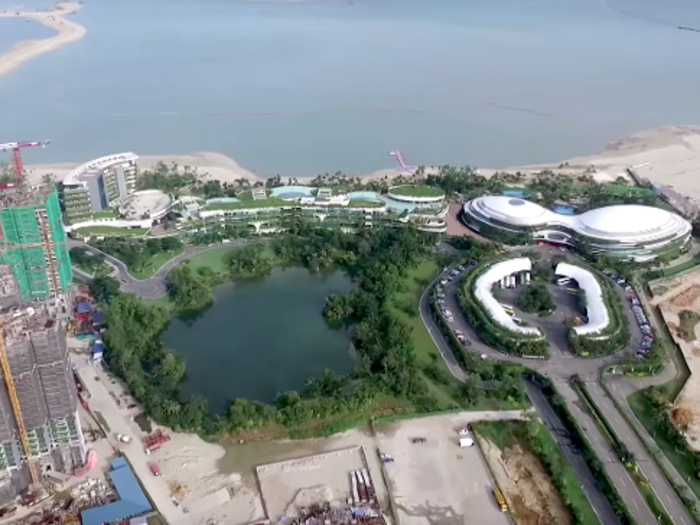
But in April, nearly 60 home buyers, 70% of which are Chinese, cancelled their leases in Forest City, reportedly due to China's increasing efforts to curb money from leaving the country.
As Business Insider previously reported, the supply of Forest City housing is also outpacing demand. In 2016, Country Garden sold just 15,000 of the 250,000 Forest City residential units, totaling about $2.6 billion in sales, according to Yu Runze, the company's chief strategy officer.
The expectation for San Francisco Shipyard: A relatively affordable waterfront neighborhood.
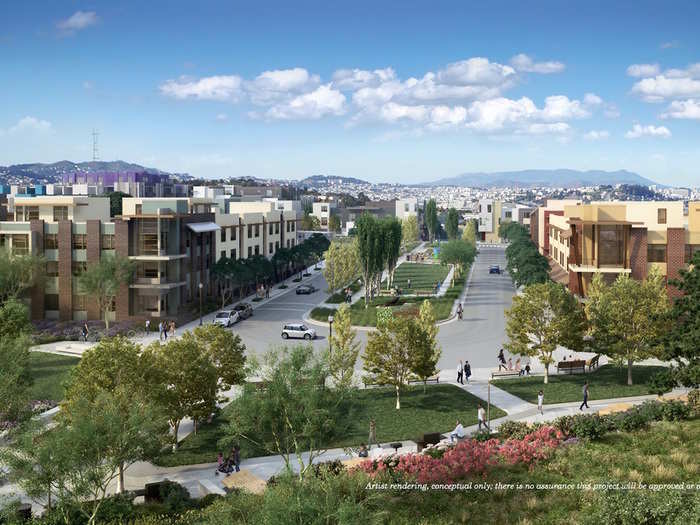
In the southeast corner of San Francisco, the mega-developer Lennar and its spinoff, Five Point, are turning a former nuclear test site into a $8 billion waterfront neighborhood called the San Francisco Shipyard.
The megaproject, located in San Francisco's Hunters Point neighborhood, will include shops, restaurants, bars, outdoor public spaces, and beautiful homes facing the Bay. Developers say construction will wrap up by the early 2030s.
The development is envisioned as being relatively affordable for San Francisco, with the typical cost of a two-bedroom condo at around $1 million. (The median home price in San Francisco proper runs around $1.6 million, according to Curbed.)
The first residents began moving into homes in summer 2015.
The reality: A partially-built site now wrapped up in a $27 billion lawsuit.
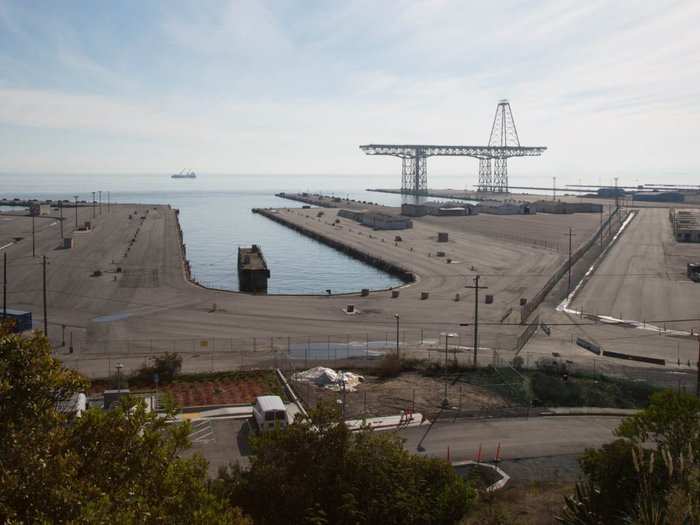
Reports have found that a government contractor had bungled the cleanup before construction even began, meaning some areas nearr the new condos (but not on the land where condos are currently built) may still be contaminated with leftover toxic materials.
Earlier this year, a third-party study indicated that Tetra Tech, a government contractor tasked with identifying and removing hazardous materials at the abandoned shipyard, did not remove all of the nuclear waste. The potentially toxic site has not been built on yet.
Some nearby homeowners at the shipyard previously told Business Insider they worry about their investment and safety, and others have concerns about construction delays.
The city of San Francisco won't permit further development in the surrounding area until the Navy can show that it's clean and safe.
More than 2,000 residents of the nearby Bayview-Hunters Point neighborhood have also filed a class-action lawsuit against Tetra Tech seeking $27 billion in damages. They allege that the company exposed residents to toxic materials, which may have caused health problems for locals.
The expectation for Tianducheng: A Chinese replica of Paris.
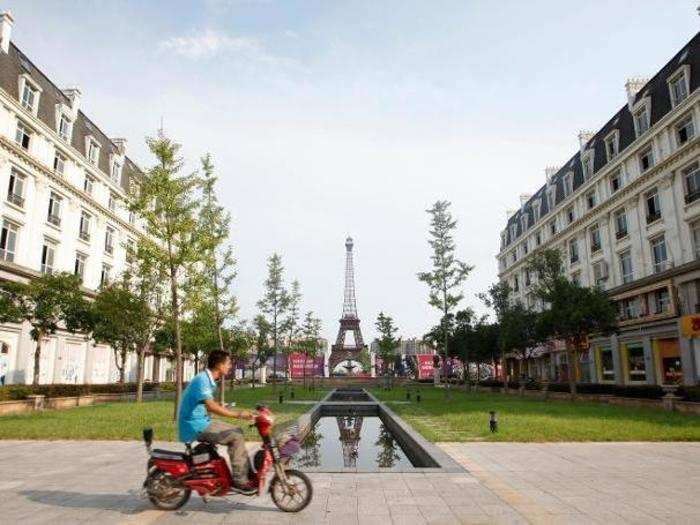
In 2007, developers began creating a replica of Paris in Tianducheng, China. The town opened to visitors the same year and includes copies of iconic Parisian structures, such as the Gardens of Versailles.
The town boasts its own replica of the Eiffel Tower — at 354 feet, it is one-third the size of the real one — as well as many Parisian-style buildings. Tianducheng was designed to fit about 10,000 people.
The exact construction cost is unclear.
The reality: A ghost town with only 2,000 people.
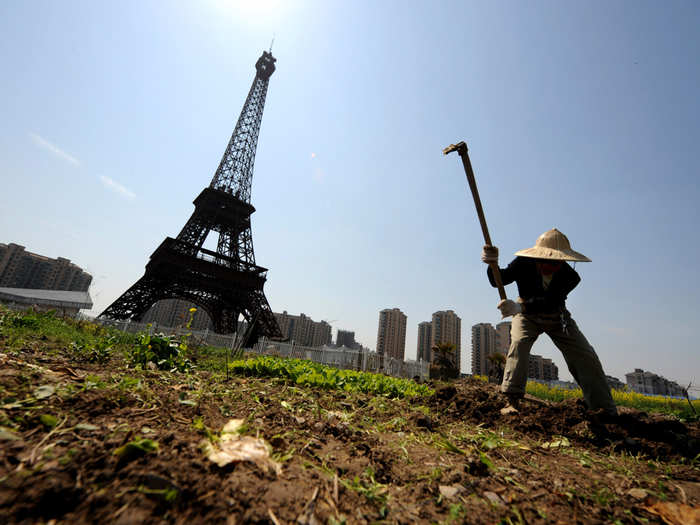
Today, only about 2,000 people live in the town. Several news outlets have called Tianducheng a ghost town, with some reporting that its location in the middle of the countryside has contributed to the low number of visitors.
The expectation for New York City's Oculus: A dramatic piece of post-9/11 architecture.
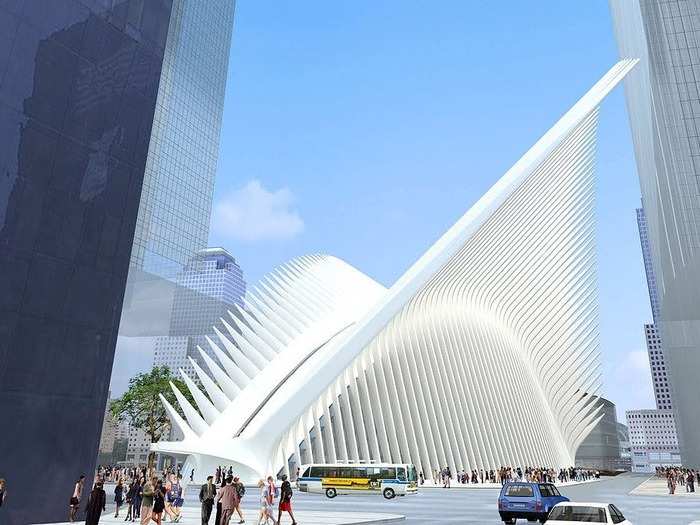
Following the 9/11 attacks in 2001, New York City began a long, still-ongoing process of rebuilding towers in the Financial District. As part of the reconstruction effort, the city contracted architect Santiago Calatrava to design a new transit hub near the new One World Trade Center.
Calatrava called for a bird-like design for the building, meant to stand out amongst the surrounding skyscrapers.
The reality: A boring, expensive train station that looks out of place with the rest of Manhattan's Financial District.
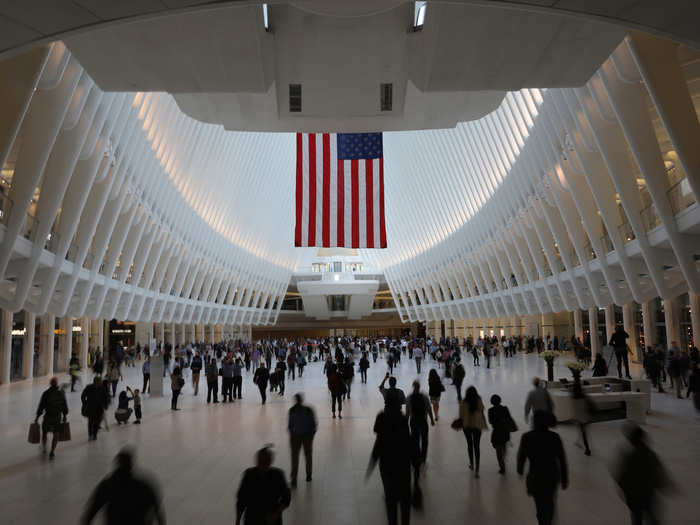
While the Oculus' facade is certainly a spectacle, some New Yorkers have noted that the interior, featuring broad swaths of white walls and one large atrium, is quite boring.
The $4 billion project has also been criticized for costing twice as much as the original budget.
The expectation for Rio's Olympic Park: Opening luxury condos and selling the new sports venues after the Games.
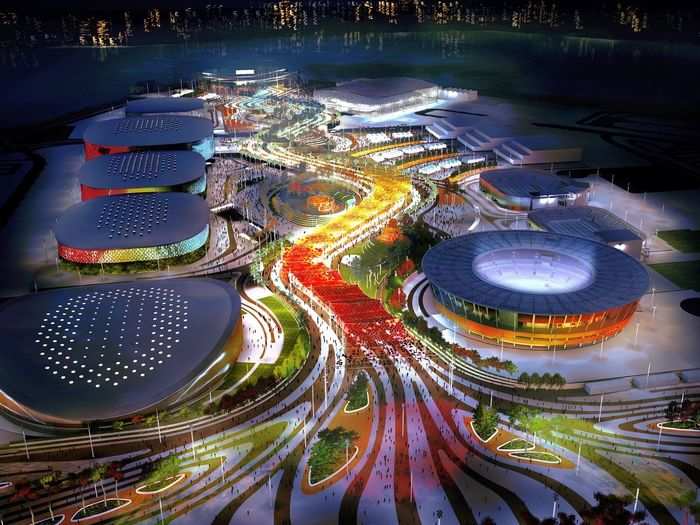
The 2016 Olympic Games in Rio de Janeiro cost about $13 billion in a combination of private and public money.
Expenses included building the venues, opening a new subway line, renovating the port, and cleaning up Guanabara Bay. The subway line cost $2.9 million to build, according to the Associated Press.
Officials planned to turn the Olympic Village, which cost $700 million to build, into luxury condos after the Games. They also prepared for an auction to sell the venues to private owners.
The reality: Officials lost money on a failed auction, and the site became an abandoned health hazard.
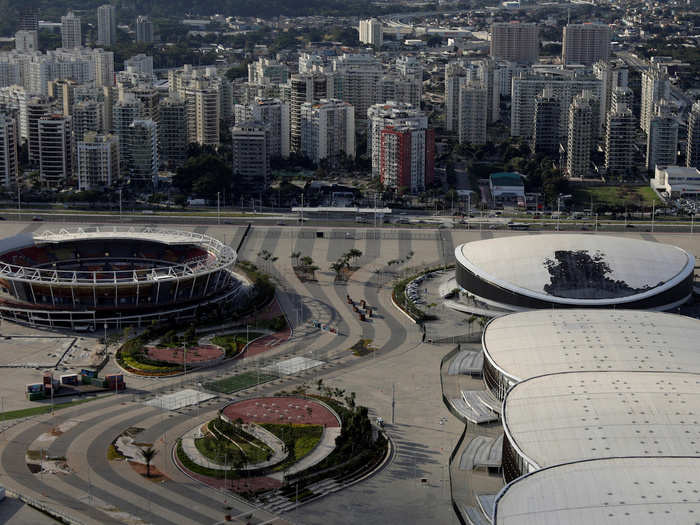
The auction for the new venues failed when only one buyer was reportedly interested, and the Olympic park, some of which is near a day care and the city hall, has become a health hazard.
Rio’s warm-up pool turned orange partly due to mud and rainwater. Less than five months after the Olympics ended, power was cut off to Maracana Stadium — which held soccer games as well as the opening and closing ceremonies — due to more than $930,000 in unpaid bills.
The Rio Media Center, which was constructed to host visiting media outlets during the Olympics, was demolished in September 2017, and thousands of apartments remain vacant in the Olympic Village. As of July 2017, only 7% of the condos had been sold, according to the AP.
Today, the site largely lies abandoned.
The expectation for South Korea's International Business District (IBD) in Songdo: An environmentally-friendly and nearly car-free utopia.
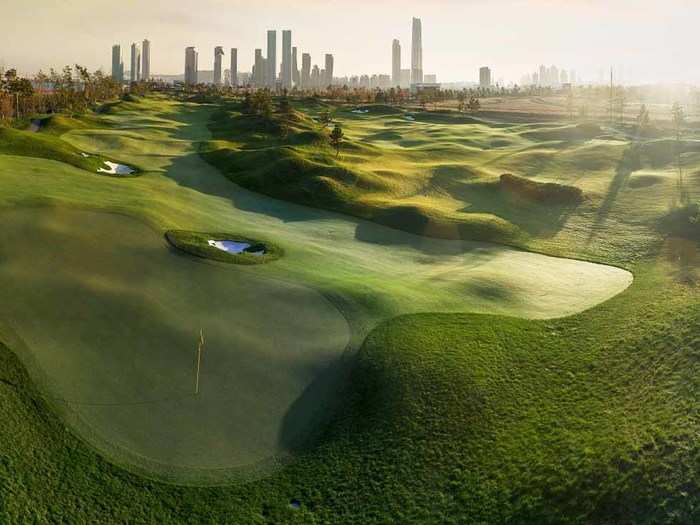
The $40 billion district — currently a work-in-progress about the size of downtown Boston — was designed to eliminate the need for cars.
A project that began in 2002, the International Business District (IBD) in Songdo, South Korea, prioritizes mass transit, like buses, subways, and bikes, instead of road traffic, according to Stan Gale, chairman of Gale International, the developer behind the IBD.
The design cuts greenhouse gas emissions by a third compared to another city of the same size. When completed by 2020, the district will span 100 million square feet.
The reality: a ready-made city where some residents struggle to find community
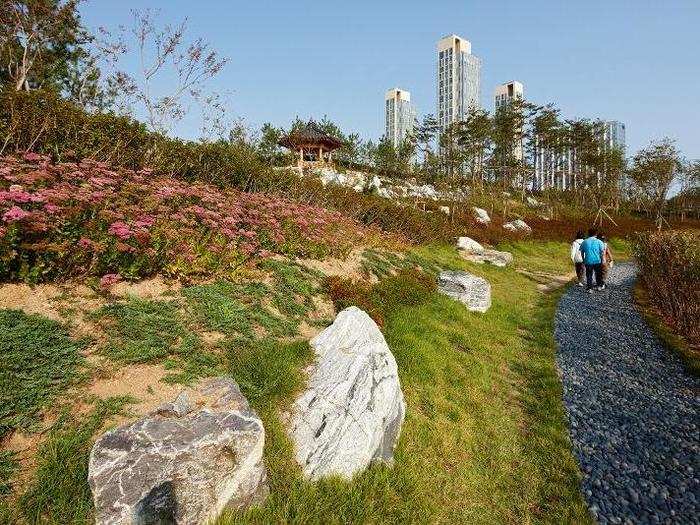
While the IBD may be environmentally-friendly, some residents have reported that the district is having trouble becoming a vibrant city center.
When CityLab's Linda Poon visited Songdo this spring, she spoke with residents who have had difficulty building community in the new city.
"There’s a ton of people living here, but you don’t really see them," one resident, Lindy Wenselaers, told CityLab. "So the city is alive, but it’s invisible."
Some residents have also complained that the IBD and the larger Songdo City are too remote from Seoul, the country's economic, political, and cultural hub. It takes over an hour to reach the capital.
Around 70,000 people work in Songdo, which is far fewer than the 300,000 people the city government had envisioned.
The expectation for North Korea's Ryugyong Hotel: A striking, bustling tower in Pyongyang that would be the tallest in the nation.
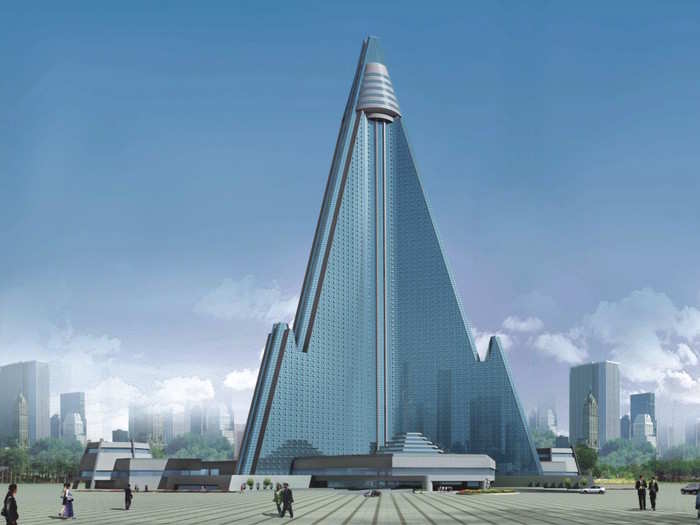
Construction on North Korea’s Ryugyong Hotel began in 1987, with plans to open the world’s tallest hotel two years later.
The pyramid-shaped hotel was designed to hold more than 3,000 rooms and five revolving restaurants.
In 2011, reports suggested the hotel would open the following year, but no announcement was made. The same scenario played out in 2012.
Estimations for its construction cost have ranged from $1 billion to $2 billion.
The reality: The world's tallest never-completed tower and an eyesore in the middle of the city.
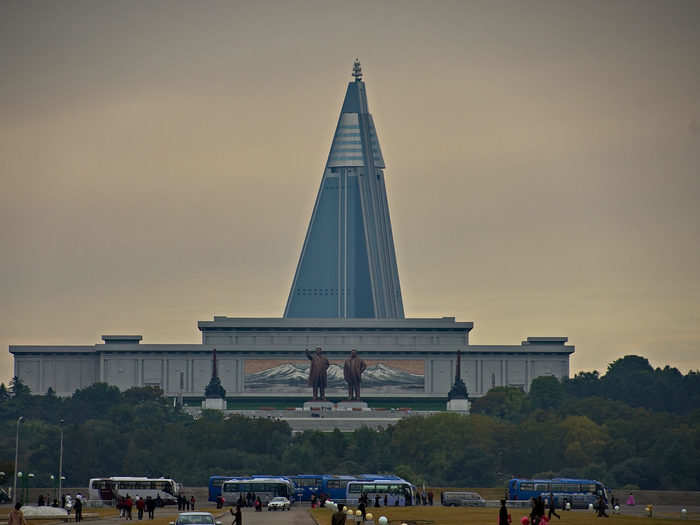
Over 30 years have passed since the Ryugyong Hotel was supposed to open its doors, and the hotel has since become the tallest unfinished building in the world, according to Guinness World Records.
Construction on the building stopped completely as funding from the Soviet Union dried up in 1992, and the structure has been nicknamed the "Hotel of Doom" due to decades of delays.
In 2016, local residents reported seeing lights on in the hotel for the first time in years, sparking rumors that the building was about to open. Since then, two new walkways and other elements have been added, but officials have not announced when the hotel may be ready for visitors.
The expectation for CityCenter: A complex with a 49-story tower that adds to the Las Vegas Strip skyline.
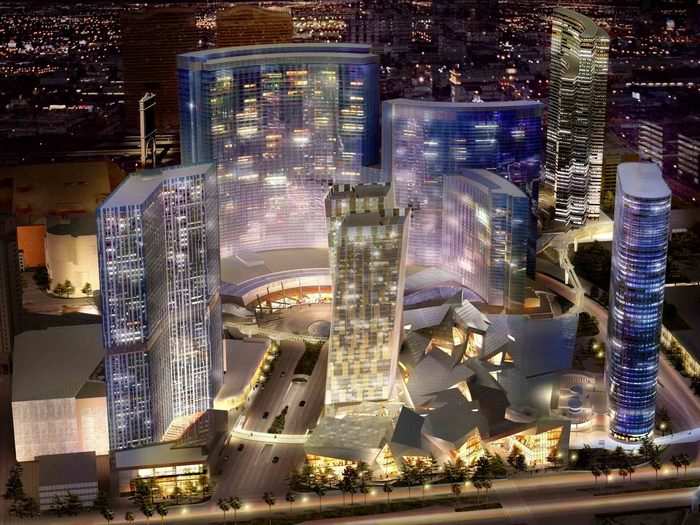
More than 10 years ago, MGM Mirage had plans to add a 49-story tower to the Las Vegas Strip skyline as part of the $8.5 billion CityCenter complex.
Developers spent an estimated $275 million on building 26 floors of the Harmon tower, according to the Las Vegas Sun. The top floors were expected to include about 200 residential units.
The reality: MGM spent more than $11 million on demolishing a $275 million hotel.
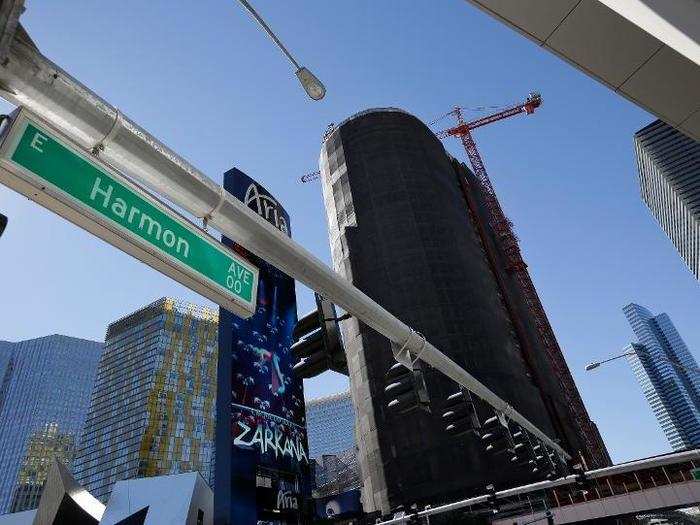
In 2008, inspectors determined that the steel on the first 26 floors would be unable to support the remaining floors, and construction came to a halt.
MGM and Tutor Perini Building Co., the builder, were locked in a legal battle over the defects, with both sides accusing each other of breaching their contract. The suit never went to trial, as the parties reached a settlement in 2014.
The Harmon’s owners argued that the building should be demolished because it could collapse during an earthquake, and a Clark County court approved the demolition in 2013, the Las Vegas Sun reported.
Crews began dismantling the hotel in 2014, and the process, which reportedly cost about $11.5 million, was completed the following year.
The expectation for a redeveloped Penn Station in New York City: A transit hub that would be more cost-effective than its predecessor.
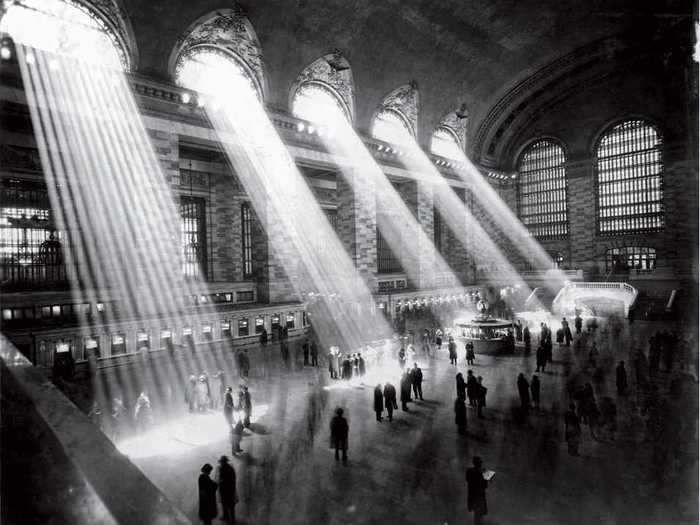
With the proliferation of affordable air travel and the Interstate Highway System by the mid-20th century, train ridership began to decline. By the late 1950s, NYC struggled to pay for basic upkeep of the original Penn Station (pictured above).
Graham-Paige, the company that purchased the rights to the Penn Station building and the space above it, announced plans in 1962 for a new sports arena, Madison Square Garden. In exchange for the air rights, the station's owner — Pennsylvania Railroad — would get a brand-new, air-conditioned, (yet smaller) station underground at no cost, as well as a 25% stake in the Madison Square Garden Complex.
In 1963, Penn Station was bulldozed and moved below street level. The cost of the project is unknown, but it wasn't cheap.
The reality: A gloomy, smelly train station in a basement.
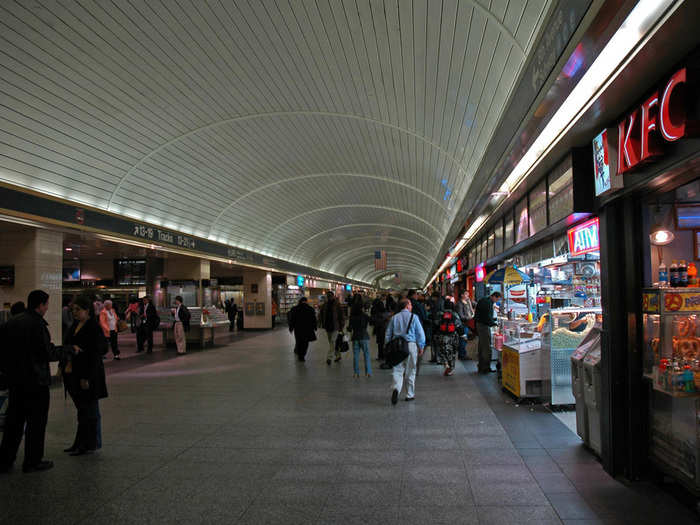
Moving the station underground, the redevelopment effectively rid the transit hub of natural light and its original grandeur.
Today's Penn Station — the busiest in North America — has been called everything from "the armpit of the city" to "New York's Commuter Hell."
The city is now trying to redevelop Penn Station again (and rename it the Empire Station Complex) by 2019. A new train hall will connect to Penn Station via a tunnel and will increase the station's size by about 50%. The $3 billion plan also calls for wider corridors, upgraded ticket stations, working WiFi, 30 new escalators, roomier trains, and larger windows for more natural light.
Within the next year, the city will see whether Penn Station's new team of developers can deliver on this vision.
Popular Right Now
Popular Keywords
Advertisement